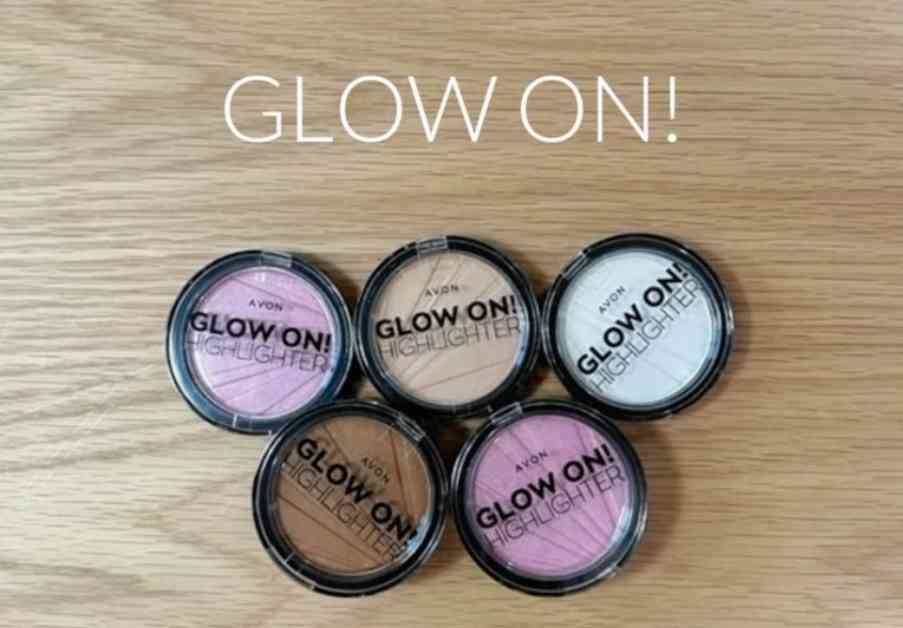Avon, once a powerhouse in the beauty industry, is now facing a major crisis as it files for Chapter 11 bankruptcy amidst a flurry of lawsuits alleging that its talcum powder products contain asbestos and have led to cancer in consumers. The company, valued at a staggering $21 billion, has taken this drastic step to manage its debts and address the mounting legal challenges it is currently facing.
The Rise and Fall of Avon
Avon Products Inc. was founded in 1886 by David H. McConnell as the California Perfume Company. McConnell, a traveling book salesman, started the company by offering perfumes as a gift with purchase of his books. The company rebranded as Avon in 1939, named after the birthplace of McConnell’s favorite playwright, William Shakespeare. Avon became synonymous with door-to-door sales and empowering women entrepreneurs, making it a household name in the beauty industry.
However, the company’s reputation took a hit in recent years as it faced allegations that its talc-based products, including face powders and eye shadows, were contaminated with asbestos. Asbestos is a known carcinogen that has been linked to various types of cancer, including mesothelioma. Despite Avon’s claims that its talc was rigorously tested and free of asbestos, the lawsuits continued to pile up, leading to the company’s decision to file for bankruptcy.
The Legal Battles Against Avon
Avon is currently facing nearly 200 lawsuits accusing the company of knowingly selling products containing asbestos-tainted talc. These legal battles have had a significant impact on the company’s financial stability and reputation, prompting the decision to seek protection under Chapter 11. One notable case involved a Los Angeles jury ordering Avon to pay damages to a woman from Arizona who claimed that her use of Avon’s talc-based products led to her cancer diagnosis. The jury awarded the woman over $50 million in compensation, underscoring the potential financial consequences of these lawsuits.
Another case saw a jury award $24.4 million to a man who developed mesothelioma after working at an Avon manufacturing facility in Illinois. These verdicts have put immense pressure on Avon, pushing the company towards bankruptcy as a means of managing its legal obligations.
The Fallout for Avon and the Beauty Industry
Avon’s bankruptcy filing has sent shockwaves through the beauty industry, raising concerns about the safety of talc-based products and the potential health risks associated with their use. This situation is reminiscent of the challenges faced by other major corporations, such as Johnson & Johnson, which recently settled lawsuits over its talc-based baby powder for $6.5 billion. Johnson & Johnson also considered bankruptcy as a strategy to deal with the numerous claims brought against it by individuals alleging that their products caused ovarian cancer.
The Avon Company, a separate entity that operates in the US, Canada, and Puerto Rico, sought to reassure customers and representatives that it remains operational and unaffected by the legal issues facing Avon Products. The Avon Company’s CEO, Sun Moon, emphasized the company’s commitment to providing outstanding products and services while pursuing growth and innovation in its markets.
Moving Forward for Avon and the Beauty Industry
As Avon navigates its bankruptcy filing and legal challenges, the beauty industry as a whole is facing increased scrutiny over the use of talc in consumer products. Companies that use talc in their products may need to reevaluate their testing protocols and safety measures to ensure that their products are free of asbestos and other harmful contaminants. Consumers are becoming more aware of the potential health risks associated with talc, leading to a shift in consumer preferences towards safer and more transparent beauty products.
In conclusion, Avon’s bankruptcy filing after lawsuits over ‘cancer-causing’ products serves as a cautionary tale for the beauty industry. Companies must prioritize consumer safety and transparency in their product development and testing processes to avoid facing similar legal and financial challenges in the future. As scientific studies continue to explore the health risks associated with talc, the industry must adapt and evolve to meet the changing demands and expectations of consumers.













